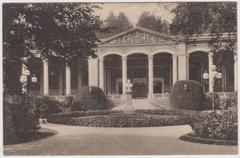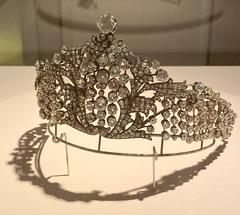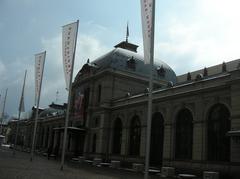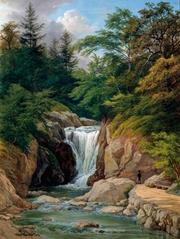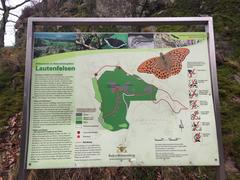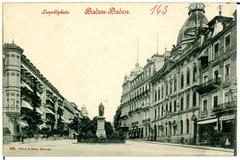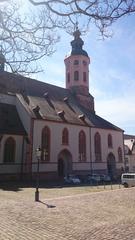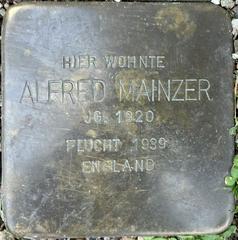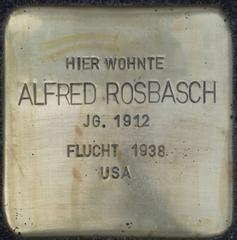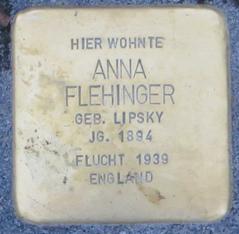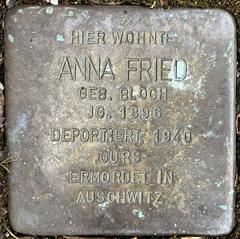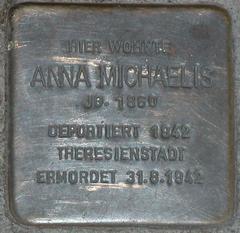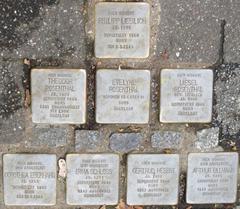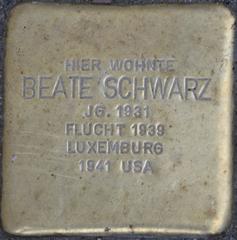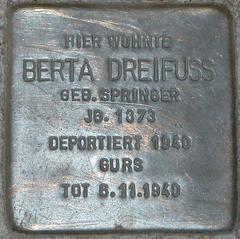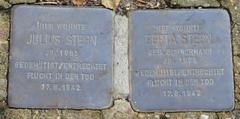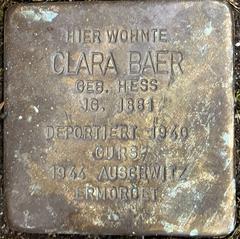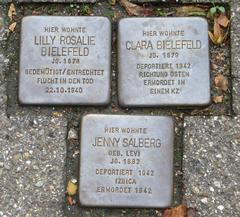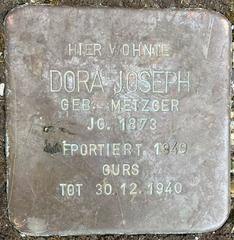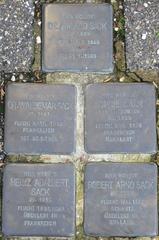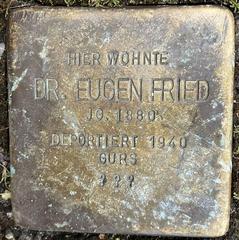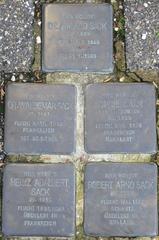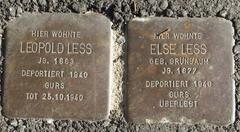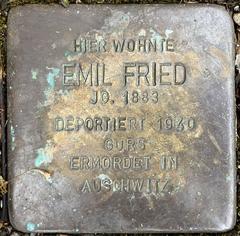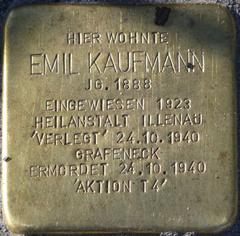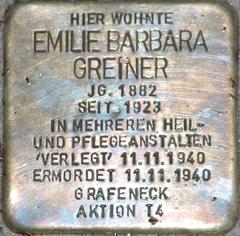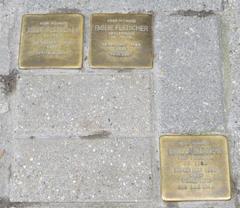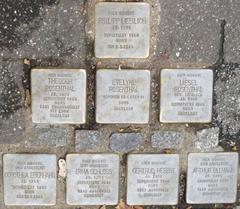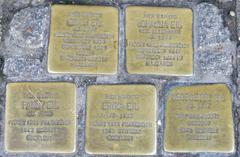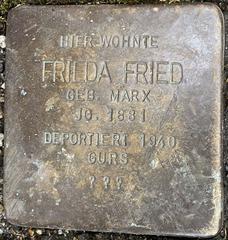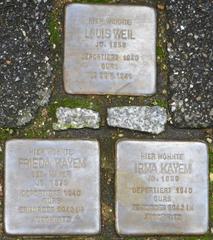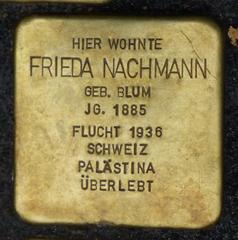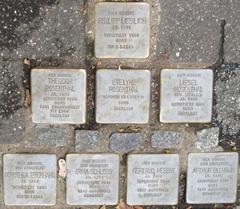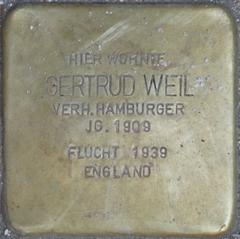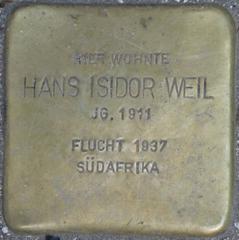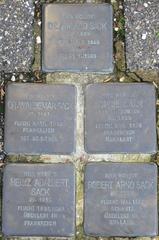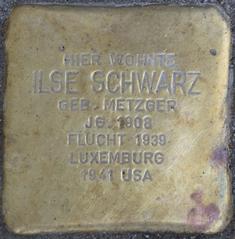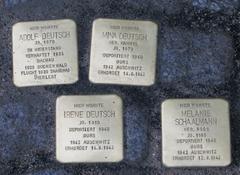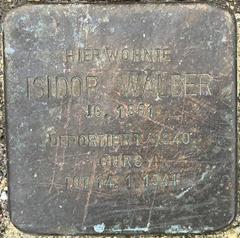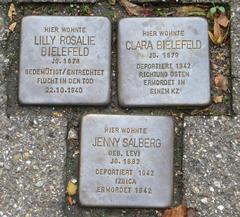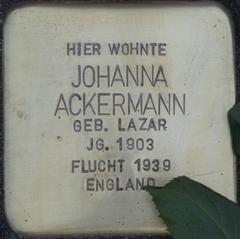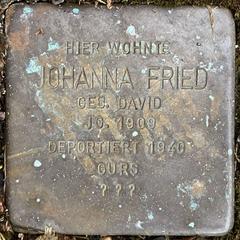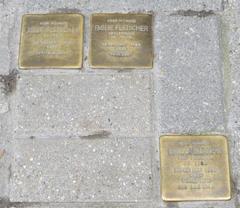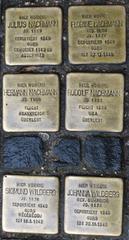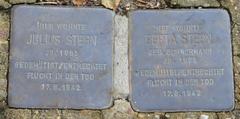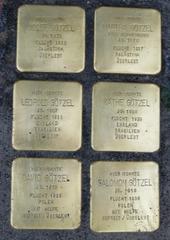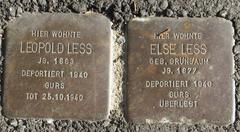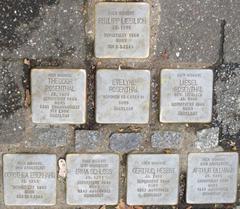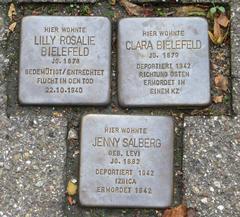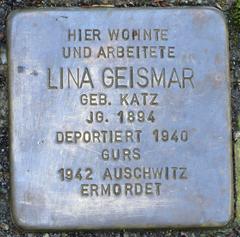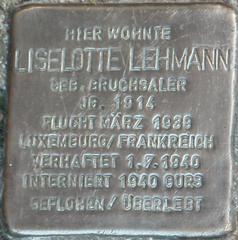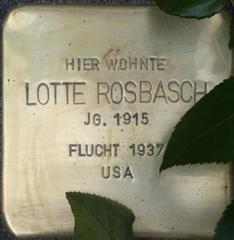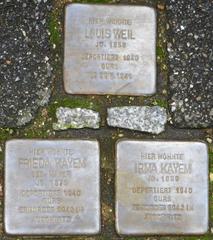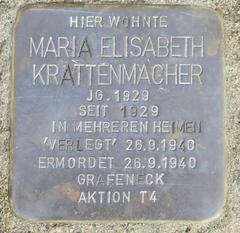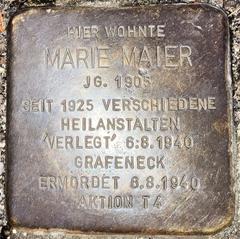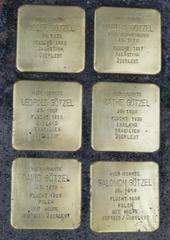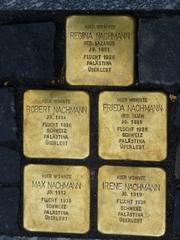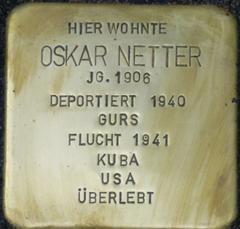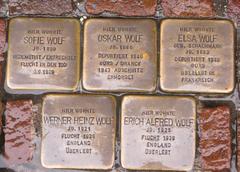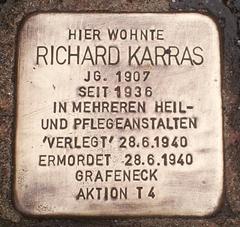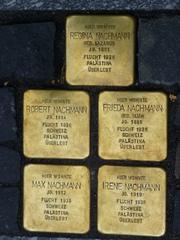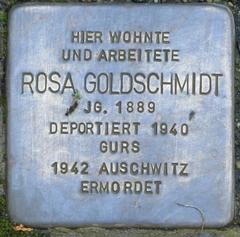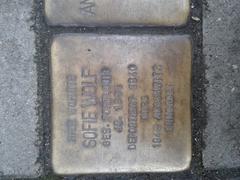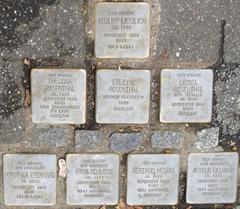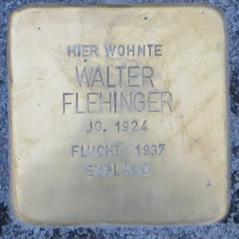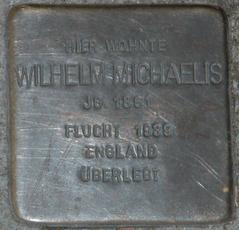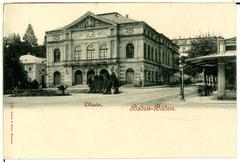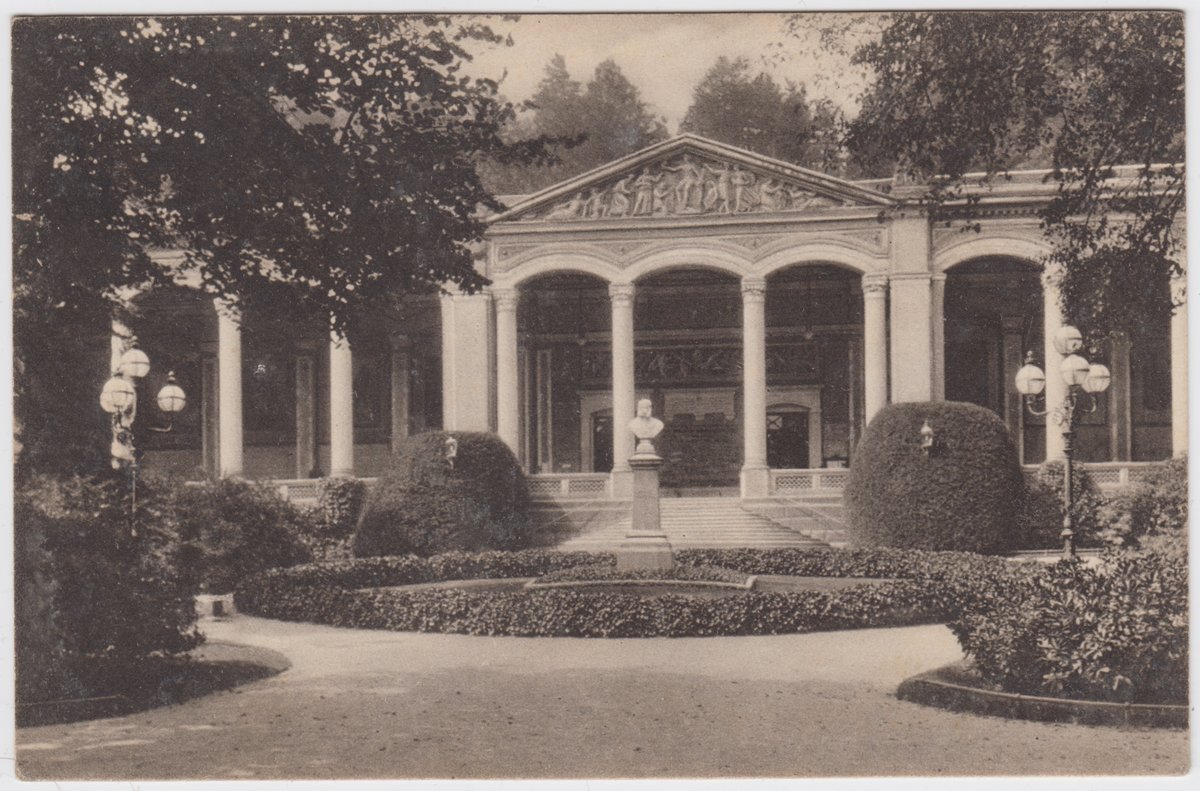
Complete Guide to Visiting Trinkhalle in Baden-Baden, Germany
Date Published: 19/07/2024
Introduction to Trinkhalle
The Trinkhalle in Baden-Baden, Germany, is a quintessential embodiment of the town’s illustrious spa culture and neoclassical architecture of the 19th century. Designed by the renowned architect Heinrich Hübsch and completed in 1842, the Trinkhalle stands as a testament to Baden-Baden’s historical and cultural significance. Situated in a town famed for its therapeutic waters and grand spa facilities, the Trinkhalle has been a focal point for European aristocracy and elite visitors who sought the healing properties of its mineral-rich waters. This guide endeavors to provide a comprehensive overview of the Trinkhalle, from its historical roots and architectural marvels to modern-day visitor information and travel tips. Whether you are a history enthusiast, architecture aficionado, or casual traveler, this guide offers valuable insights into one of Baden-Baden’s most cherished landmarks. (Baden-Baden Tourism)
Table of Contents
- Introduction
- History of Trinkhalle
- Role in the Spa Culture
- Preservation and Restoration
- Modern-Day Significance
- Visitor Information
- Cultural Impact
- FAQ
- Conclusion
- References
History of Trinkhalle
Origins and Construction
The construction of the Trinkhalle began in 1839 and was completed in 1842. The building was designed by Heinrich Hübsch, a prominent architect of the time, who was influenced by the neoclassical style. Hübsch’s design aimed to complement the existing architectural landscape of Baden-Baden, which was already renowned for its elegant spa buildings and therapeutic baths.
Architectural Significance
The Trinkhalle is an exemplary representation of neoclassical architecture, characterized by its grand colonnade of 16 Corinthian columns. The structure is 90 meters long and features a series of arcades that provide a covered walkway for visitors. The building’s façade is adorned with 14 frescoes created by Jakob Götzenberger, a student of the famous German painter Peter von Cornelius. These frescoes depict various scenes from local legends and the history of Baden-Baden, adding a cultural and artistic dimension to the building’s architectural significance.
Role in the Spa Culture
During the 19th century, Baden-Baden was a premier destination for European aristocracy and the wealthy elite, who flocked to the town for its reputed healing waters and luxurious spa facilities. The Trinkhalle played a crucial role in this spa culture, serving as a social hub where visitors could drink the mineral-rich waters believed to have therapeutic properties. The building’s name, “Trinkhalle,” translates to “drinking hall,” reflecting its primary function as a place where people could consume the curative waters sourced from the nearby Friedrichsbad and other local springs.
Historical Events and Notable Visitors
Throughout its history, the Trinkhalle has witnessed numerous significant events and has hosted many notable visitors. In the mid-19th century, Baden-Baden became a popular meeting place for European royalty, artists, and intellectuals. Figures such as Queen Victoria, Napoleon III, and the Russian writer Fyodor Dostoevsky were among the distinguished guests who visited the Trinkhalle. The building’s elegant design and serene atmosphere made it an ideal location for social gatherings, discussions, and leisurely strolls.
Preservation and Restoration
Over the years, the Trinkhalle has undergone several preservation and restoration efforts to maintain its historical and architectural integrity. In the late 20th century, extensive restoration work was carried out to repair the building’s façade, frescoes, and structural elements. These efforts were aimed at preserving the Trinkhalle’s original design and ensuring that it remains a significant cultural landmark in Baden-Baden. Today, the Trinkhalle continues to attract visitors from around the world, who come to admire its architectural beauty and historical significance.
Modern-Day Significance
In contemporary times, the Trinkhalle serves as a tourist information center and a venue for various cultural events and exhibitions. The building’s historical and architectural value makes it a popular attraction for visitors to Baden-Baden. The Trinkhalle’s colonnade and frescoes provide a glimpse into the town’s rich cultural heritage and its prominence as a spa destination in the 19th century. Additionally, the building’s role as a tourist information center ensures that it remains an integral part of the visitor experience in Baden-Baden.
Visitor Information
Visiting Hours
The Trinkhalle is open to visitors daily from 10:00 AM to 6:00 PM. It is advisable to check the official Baden-Baden tourism website for any changes in operating hours or special closures.
Tickets
Entrance to the Trinkhalle is free, making it an accessible and budget-friendly attraction for all visitors. However, certain events or exhibitions held within the building may require a ticket purchase. Detailed information on ticket prices and event schedules can also be found on the official tourism website.
Travel Tips and Nearby Attractions
- Accessibility: The Trinkhalle is wheelchair accessible, ensuring that all visitors can enjoy its historical and architectural beauty.
- Guided Tours: For a more in-depth understanding of the Trinkhalle’s history and significance, consider joining a guided tour offered by local tour operators.
- Nearby Attractions: After visiting the Trinkhalle, explore other nearby attractions such as the Friedrichsbad, the Kurhaus, and the Lichtentaler Allee, a beautiful park that offers a scenic stroll through the heart of Baden-Baden.
- Photographic Spots: The colonnade and frescoes of the Trinkhalle provide excellent photographic opportunities, so don’t forget to bring your camera.
Cultural Impact
The Trinkhalle’s cultural impact extends beyond its architectural and historical significance. The building is a symbol of Baden-Baden’s spa culture and its reputation as a center for health and wellness. The frescoes inside the Trinkhalle, which depict local legends and historical events, contribute to the town’s cultural narrative and provide visitors with insights into the region’s folklore and traditions. The Trinkhalle’s enduring appeal lies in its ability to connect the past with the present, offering a unique blend of history, art, and architecture.
FAQ
What are the Trinkhalle’s visiting hours? The Trinkhalle is open daily from 10:00 AM to 6:00 PM. Check the official website for any updates.
Is there an entrance fee for the Trinkhalle? Entrance to the Trinkhalle is free, but some events or exhibitions may require tickets.
Are guided tours available? Yes, guided tours are available and provide a deeper insight into the history and significance of the Trinkhalle.
What are some nearby attractions? Nearby attractions include the Friedrichsbad, the Kurhaus, and the Lichtentaler Allee.
Is the Trinkhalle wheelchair accessible? Yes, the Trinkhalle is wheelchair accessible.
Conclusion
The Trinkhalle in Baden-Baden is more than just a historical building; it is a symbol of the town’s rich spa culture and architectural heritage. Whether you’re a history enthusiast, an architecture lover, or simply looking to explore the cultural landmarks of Baden-Baden, the Trinkhalle offers a captivating experience. Plan your visit today and step back in time to the elegance and charm of 19th-century Baden-Baden. (Baden-Baden Kur & Tourismus GmbH)
References and Further Reading
- Exploring Trinkhalle in Baden-Baden - History, Visiting Hours, and Tickets, 2024, Baden-Baden Tourism source
- Discover the Trinkhalle in Baden-Baden - Visiting Hours, Tickets, and Historical Significance, 2024, Baden-Baden Kur & Tourismus GmbH source
- Ultimate Guide to Visiting Trinkhalle - Hours, Tickets, and Tips for Baden-Baden’s Historic Gem, 2024, Baden-Baden Tourism source
